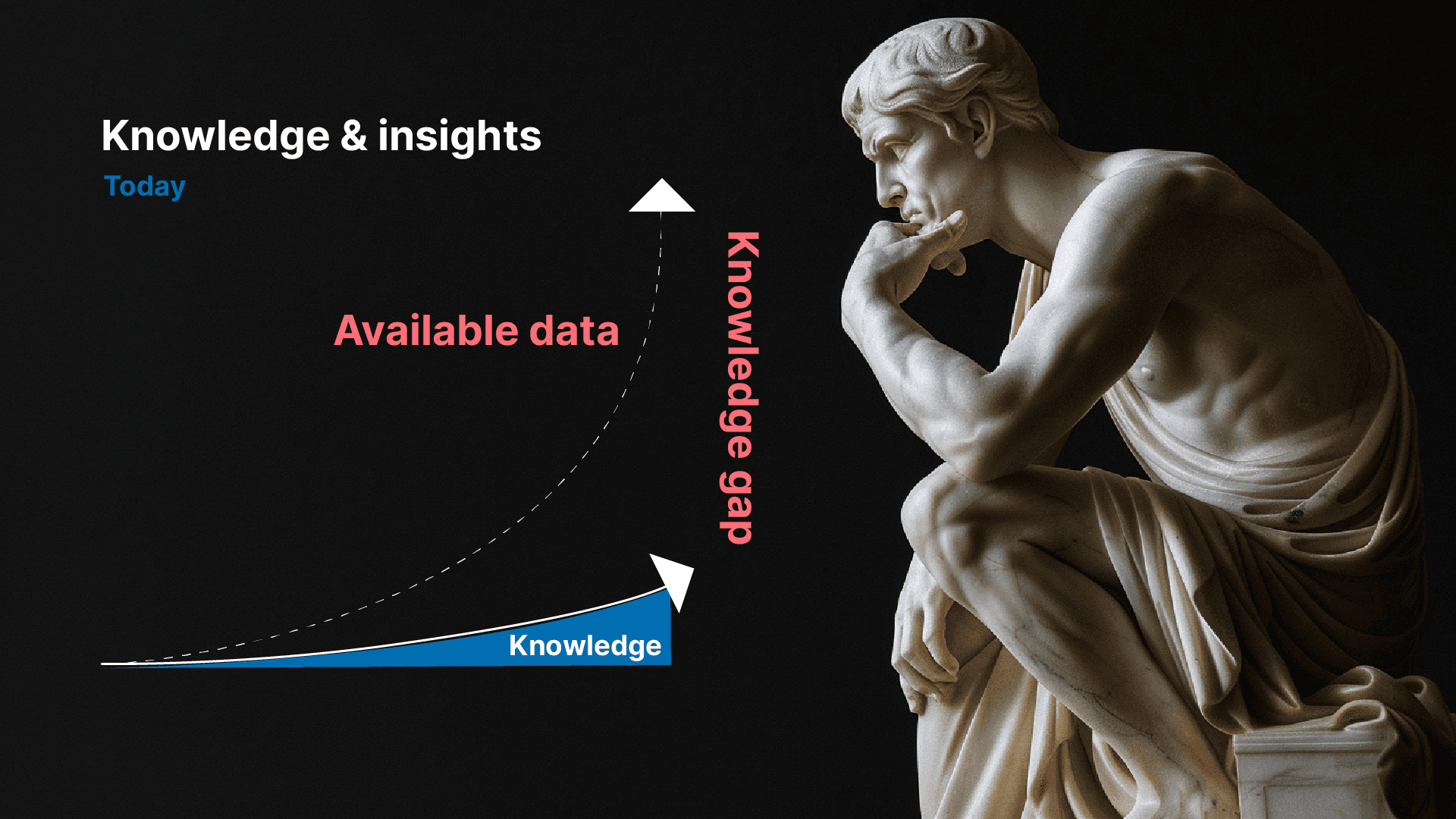As digitalisation progresses, data is increasingly becoming a key asset for businesses worldwide. This has led to the emergence of ‘data products’, a new class of products that transform raw data into valuable insights and decision support. These products range from analytical tools to complex algorithms that drive automation and innovation. In this article, we will explore what data products really are, their value to businesses, the challenges that come with them, and best practices for creating and maintaining these tools.
What exactly are Data Products?
Data products are digital products or services generated from data analysis and intended to provide specific insights or functions based on this data. These products can range from simple reports and dashboards to advanced decision support systems and automated services. They can include everything from consumer apps that use personalised data to make recommendations, to enterprise solutions that predict market trends. The main purpose of data products is to make data accessible and usable in a way that creates value for the user or company.
Example of data products
Here are some examples of different types of data products used in different industries and applications:
Predictive maintenance systems:
In the manufacturing industry, predictive maintenance systems are used to predict when machinery equipment is likely to require maintenance or replacement. These systems collect and analyse data from machines to identify patterns that precede equipment failure, minimising downtime and maintenance costs.
Financial forecasting models:
Banks and financial institutions use financial forecasting models to assess credit risk, predict stock market fluctuations or model economic scenarios. These models are based on large data sets including economic indicators, customer transaction data and market trends.
Healthcare-specific analytical tools:
In healthcare, data products are used to improve patient care by analysing patient data to identify risk factors, predict disease outbreaks and adapt treatment plans. Examples include tools to predict patient readmissions or tools to monitor chronic conditions.
Smart city applications:
Cities around the world are using data products to improve everything from traffic flows to energy consumption and public safety. Examples include traffic analysis tools that optimise signal timing based on real-time data or platforms that monitor and control energy use in public buildings.
The value of Data Products for business
For businesses, data products represent a powerful opportunity to capitalise on the data they collect. By effectively utilising these products, companies can improve decision-making processes, increase efficiency, reduce costs and identify new business opportunities. For example, data-driven product development can lead to customised solutions that meet customer needs more precisely, increasing customer satisfaction and loyalty. In addition, data products can help companies stay competitive by enabling faster and more informed decisions.
Challenges and constraints
Creating and implementing data products is not without challenges. Data quality and data quantity are critical factors; insufficient or inaccurate data can lead to wrong conclusions and decisions. Privacy and security concerns are also significant obstacles, especially given stricter data protection regulations like the GDPR. In addition, internal skills gaps and lack of coordination between different departments can hamper the development and application of effective data products.
Best practices and guidelines for developing Data Products: A 5-step guide
To develop data products that are not only technically robust but also valuable and safe for users, companies should follow certain best practices and guidelines.
Step 1: Ensure high data quality
The first and perhaps most important aspect of developing effective data products is to ensure that the data used is of high quality. This means that data must be carefully cleaned, validated and consistent. Organisations should implement robust processes for data collection and management, including techniques to deal with missing, inconsistent or inaccurate data. It is also important to update data regularly to maintain its relevance and accuracy.
Step 2: Prioritise data protection and privacy
With the increasing awareness of data protection, it is crucial to design data products with strong security protocols. This includes implementing encryption, access controls and secure authentication methods. Organisations should also ensure that their data use is in line with current legislation such as the GDPR, which requires clear communication about data use to users and the ability for them to control their personal data.
Step 3: Involve cross-functional teams
Effective development of data products requires collaboration across different parts of the organisation. By including input from different departments – from IT to marketing and customer service – developers can ensure that products address real needs and improve the user experience. This cross-functional collaboration also helps to avoid silos that can hinder innovation and efficiency.
Step 4: Use agile development and iterative testing
Adopting an agile methodology in the development of data products allows teams to quickly adapt to changes and continuously improve the product based on user feedback and new insights. Regular and iterative testing is necessary to identify and fix problems, optimise performance, and ensure that the product meets user expectations and business objectives.
Step 5: Implement continuous monitoring and maintenance
Finally, continuous monitoring and maintenance is critical to maintain the performance and relevance of data products over time. This means regularly checking the integrity of the system, updating algorithms, and ensuring that data collection remains relevant and accurate. Monitoring also helps to quickly detect and address security vulnerabilities, which is crucial in an era where cyber threats are constantly evolving.
Conclusion
In an increasingly data-driven society, data products are a key component of how companies generate insights and value from their accumulated information. By incorporating these products, companies can not only drive innovation and efficiency, but also create customised solutions that respond to both current and future needs of their customers.
Want to know more? Feel free to contact us!






